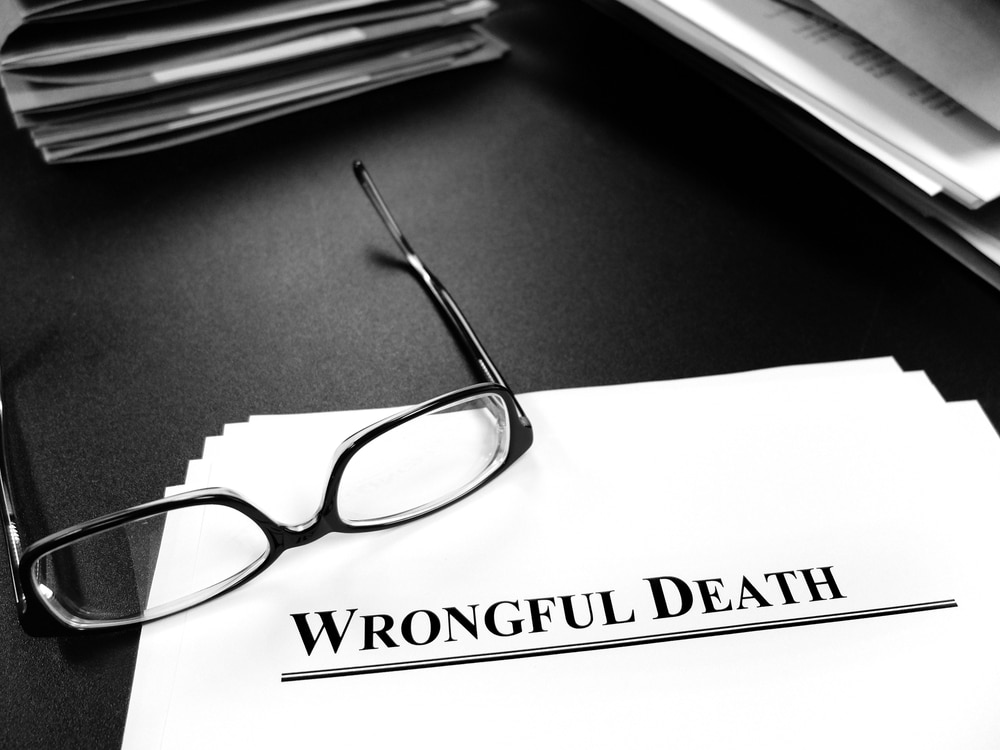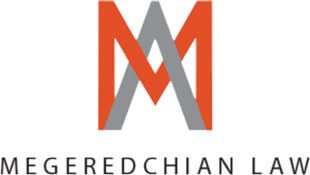
Losing a loved one due to negligence or misconduct is one of the most devastating experiences a family can face. In these situations, wrongful death attorneys provide guidance and support, helping families pursue justice and compensation. But many people are uncertain about what a wrongful death lawsuit actually is, who can file one, and how compensation is awarded.
This guide answers those questions and more, providing clarity on the process of wrongful death claims in California. If you are currently facing this situation and seeking compensation for your loved one, call Megeredchian Law at (866) 359-0807. Our team can review your case within minutes and determine whether you may qualify for compensation.
What is a Wrongful Death Lawsuit? Understanding The Basics
A wrongful death lawsuit is a civil claim brought against an individual, business, or entity whose negligent or intentional actions caused another person’s death. Unlike criminal cases, which focus on punishment (such as prison time or fines), wrongful death claims focus on compensating surviving family members for their losses.
The central idea is accountability. If a car crash, medical error, defective product, or unsafe condition leads to a preventable death, the at-fault party may be held financially responsible. While no amount of money can replace a life, these lawsuits help cover economic costs and recognize the emotional suffering endured by surviving relatives.
Who Can File a Wrongful Death Lawsuit in California?
Eligibility to file a wrongful death claim varies from state to state. In California, the law is specific about who has the right to bring such an action.
The following parties may be eligible:
- Surviving spouse or domestic partner.
- Children of the deceased.
- Dependent stepchildren or minors who lived with the deceased.
- Parents or legal guardians who depended on the deceased financially.
- In some cases, other heirs who would be entitled to inherit under California succession laws.
This eligibility rule prevents distant relatives or unrelated parties from filing lawsuits unless they have a clear financial dependency or legal claim.
Who Gets the Money in a Wrongful Death Lawsuit?
A common question after filing is: who gets the money in a wrongful death lawsuit? Compensation is awarded to the eligible family members, but the distribution depends on California’s laws and the circumstances of the case.
Generally, the court ensures that surviving spouses, children, or dependents receive compensation in proportion to their financial and emotional loss. For example, a spouse who relied on the deceased’s income may receive a larger portion than an adult child who was financially independent. If disputes arise among beneficiaries, the court may intervene to make a fair division.
How to Divide a Wrongful Death Settlement
When multiple family members are entitled to compensation, the question becomes: how to divide a wrongful death settlement. Ideally, families reach an agreement outside of court through negotiation or mediation.
If no agreement is reached, the court determines the division. Judges consider factors like:
- The financial dependency of each claimant.
- The closeness of the relationship.
- The unique circumstances of the family.
For example, if the deceased supported both a spouse and a disabled adult child, the court may allocate larger shares to those who relied on the income and care of the deceased.
How Do You Prove Wrongful Death?
Another important question is: how do you prove wrongful death? Proving a claim requires establishing four key elements:
- Duty of Care – Showing that the defendant owed a duty to the deceased (e.g., a driver must follow traffic laws, a doctor must provide standard care).
- Breach of Duty – Demonstrating the defendant failed in that duty, either through negligence, recklessness, or intentional harm.
- Causation – Proving that this breach directly caused the death.
- Damages – Documenting the financial and emotional losses suffered by the surviving family.
Evidence often includes medical reports, accident reconstruction, expert testimony, police records, and witness statements. Experienced attorneys gather and present this evidence to build a strong case.
How to Prove Emotional Distress in a Wrongful Death Lawsuit
In addition to financial losses, families often claim compensation for emotional pain and suffering. But how to prove emotional distress in a wrongful death lawsuit can be challenging, since it involves non-economic damages.
Courts typically consider:
- Medical or therapy records showing treatment for anxiety, depression, or PTSD.
- Testimony from mental health professionals.
- Statements from family, friends, or colleagues describing changes in behavior, mood, or quality of life.
Emotional distress damages recognize the grief, loss of companionship, and suffering caused by the wrongful death. While difficult to quantify, these damages often represent a significant portion of settlements.
What Compensation Can Be Recovered in a Wrongful Death Case?
Wrongful death lawsuits provide two main types of damages:
- Economic Damages – These are measurable financial losses, such as:
- Funeral and burial expenses.
- Medical bills related to the final injury or illness.
- Lost income and benefits the deceased would have earned.
- Loss of household services (such as childcare or elder care).
- Non-Economic Damages – These compensate for intangible losses, including:
- Pain and suffering.
- Loss of companionship, guidance, and emotional support.
- Emotional distress experienced by surviving family members.
Together, these damages help families recover financially while acknowledging the personal and emotional impact of their loss.
Time Limits for Filing a Wrongful Death Lawsuit
Time is a critical factor. California law generally gives families two years from the date of death to file a wrongful death lawsuit. If the case involves medical malpractice, the limit may be shorter—just one year from discovery of the negligence. Claims against government entities also follow a much stricter process, often requiring notice within six months.
Missing these deadlines can permanently bar families from recovering compensation, making timely legal action essential.
Why Hiring an Experienced Wrongful Death Attorney Matters
Wrongful death cases are complex, emotionally charged, and often involve powerful insurance companies or corporate defendants. Having skilled attorneys by your side ensures:
- Proper investigation and collection of evidence.
- Accurate valuation of both economic and emotional damages.
- Effective negotiation with insurers.
- Representation in court if a settlement cannot be reached.
With professional guidance, families can focus on healing while their attorneys pursue justice and financial recovery.
Hire Compassionate, Experienced Wrongful Death Attorneys
A wrongful death lawsuit is not just a legal process—it is a path to accountability and closure for families who have lost someone due to negligence or misconduct. Understanding who can file, how settlements are divided, and what damages can be recovered is essential for anyone navigating this difficult time.If your family has lost a loved one, consulting with knowledgeable attorneys is the first step toward justice. Contact Megeredchian Law today at (866) 359-0807 to discuss your case with compassionate and experienced wrongful death attorneys. Our fees are only collected from the settlement or verdict we secure on your behalf, so you will not have to pay for our services out of pocket.

 Call Us:
Call Us: 